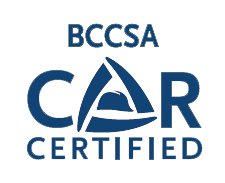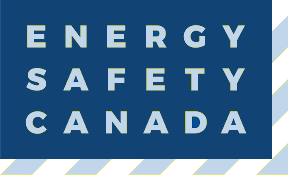MEMS performs Phase 1 and Phase 2 site assessments for resource, commercial and other industries. Our services span the duration of a project and our team can handle the process from Phase 1 assessment all the way through Phase 2 assessment and remediation. To ensure safe and efficient project execution, any team member involved in one phase of the process is required to understand the other phases as well.
Our in-house team stays up to date on the latest research and practices to ensure that they are always prepared to handle even the most difficult and complex sites. We frequently take on challenging sites, including revisiting and revalidating assessments completed by other companies.
If our Phase 1 assessment turns up any potential areas of concern, we move into Phase 2 assessments. During Phase 2, we assess the site, pull samples from the areas showing potential issues and test them to verify our concerns. We are also able to go directly to Phase 2 if we or our clients have reason to believe that there is an environmental concern, which eliminates the extra cost of an unnecessary Phase 1.
If our Phase 2 assessment verifies the presence of harmful substances, our remediation team will work with our clients to bring the site up to standard.
After assessments are complete, MEMS’ multidisciplinary teams will determine the best recommendations for each site.
Risk-based decision making is incorporated into the earliest stages of a site assessment project to ensure that the right information is collected. Understanding the key factors determining risk allows MEMS to target investigations on the most important data. MEMS’ extensive risk assessment experience also allows a determination to be made at an early stage as to whether a risk-based approach is likely to be beneficial and appropriate at a site.
Examples of how MEMS can incorporate risk-based decision making into site assessment include:
- understanding whether the Tier 1 guidelines can be applied and whether significantly higher guidelines are likely under Tier 2;
- determining whether elimination of the domestic use aquifer pathway is likely to be feasible and beneficial at a site; and
- knowing which data have a large effect on Tier 2 guidelines and which are relatively unimportant, and ensuring the important data are collected.
MEMS has applied these principles to optimize the cost-effectiveness and utility of environmental site assessment activities at a wide range of sites.







